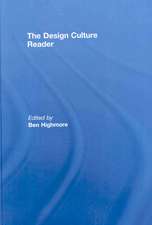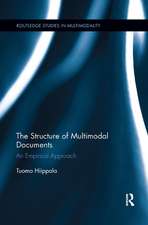Molla Nasreddin: Polemics, Caricatures & Satires
Editat de Slavs and Tatarsen Limba Engleză Hardback – 15 feb 2017
Preț: 363.99 lei
Preț vechi: 434.83 lei
-16% Nou
Puncte Express: 546
Preț estimativ în valută:
69.66€ • 72.31$ • 58.08£
69.66€ • 72.31$ • 58.08£
Carte disponibilă
Livrare economică 01-15 martie
Preluare comenzi: 021 569.72.76
Specificații
ISBN-13: 9781784535483
ISBN-10: 1784535486
Pagini: 208
Ilustrații: Colour throughout
Dimensiuni: 240 x 280 x 25 mm
Greutate: 1.43 kg
Editura: Bloomsbury Publishing
Colecția I.B.Tauris
Locul publicării:London, United Kingdom
ISBN-10: 1784535486
Pagini: 208
Ilustrații: Colour throughout
Dimensiuni: 240 x 280 x 25 mm
Greutate: 1.43 kg
Editura: Bloomsbury Publishing
Colecția I.B.Tauris
Locul publicării:London, United Kingdom
Notă biografică
Slavs
and
Tartars
is
a
collective
whose
exhibitions,
publications
and
lecture
performances
examine
the
area
known
as
Eurasia,
which
lies
east
of
the
former
Berlin
Wall
and
west
of
the
Great
Wall
of
China.
Their
work
spans
diverse
media,
disciplines
and
cultural
registers
(from
high
to
low),
and
highlights
the
often
forgotten
sphere
of
influence
between
Slavs,
Caucasians
and
Central
Asians.






